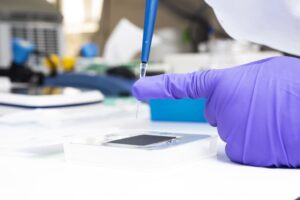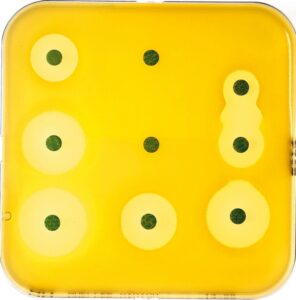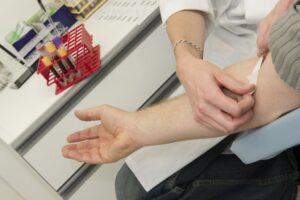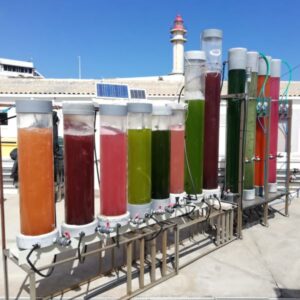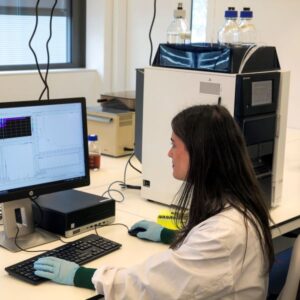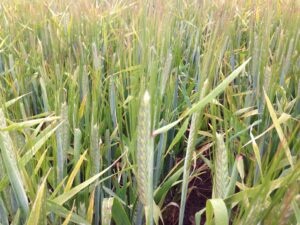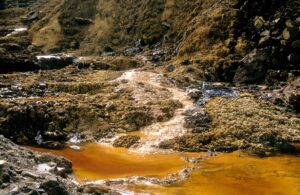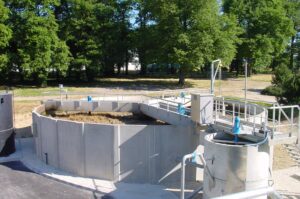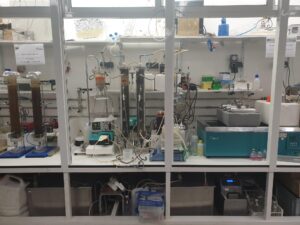Application-Specific Services Catalogue
Services provided by MIRRI’s partner organisations with specific purposes within the strategic areas of Health & Food, Agro-Food, and Environment & Energy. To offer integrated solutions to specific user needs, this catalogue includes workflows/pipelines of services that can be provided by more than one organisation. For single/general services, please consult the MIRRI’s General Services Catalogue.
*All images are for illustrative purposes only
Bacterial and fungal pathogens detection, isolation, characterisation and preservation under controlled conditions
Reference pathogenic strains for bioessays and diagnosis
Bacterial genome scanning for investigation of virulence factors and antimicrobial resistance
Preparation of inactivated strains to be used for the development of vaccines
Identification of taxonomically related Streptomyces strains with antimicrobial activity using mass spectrometry profiles
Scanning of fungal genomes, identification of pathways for synthesis of biomolecules with pharmaceutical interest and heterologous expression of silent fungal gene clusters for bioactive compounds production
In vitro screening of anti-inflammatory and anti-infectious activities (antibacterial, antiviral, antifungal and antiparasitic) of newly isolated strains or strains preserved in mBRCs (including archaea, bacteria, cyanobacteria, yeasts and fungi isolated from untapped environments)
In vitro screening of phages for phage therapy as alternative to antimicrobials
In vitro screening for health-promoting properties i.e. production of organic acids, vitamins, aminoacids, GABA
Isolation and/or selection of strains with probiotic activity, screening of probiotic potential and analysis of resistance to gastrointestinal conditions
Food microbiome: metagenomic & culturomic analysis, fungal/yeasts/bacterial species isolation and identification
In vitro screening of food preservation activities: antifungal, antibacterial
Analysis of relevant metabolites for food production (e.g. exopolysaccharide, esters, superior alcohols, volatile compounds in wine production)
Microalgae strain selection and mass culture optimisation for aquaculture feed and food ingredients production
Food-waste products recycling: isolation, identification and characterisation of degrading strains
Genome mining for food safety assessment according to EFSA and/or other guides/agencies i.e. antimicrobial resistance (AMR), antimicrobial production, toxigenicity and pathogenicity
Investigation of food contamination and identification of bacteria and fungi applying an integrated polyphasic approach (e.g. identification of Alicyclobacillus sp., frequent spoiler of fruit juices)
Selection and characterisation of arbuscular mycorrhizal fungi strains for application in agricultural and horticultural crops
Investigation of microbial activities with impact in soil nutrients (e.g. siderophore production, phosphate solubilisation)
Identification and quantification for registry purposes
Identification and characterisation of strains used as biocontrol agents (e.g. Trichoderma harzianum)
Compositional and functional characterisation of microbiomes from metal contaminated sites, strain isolation (cyanobacteria, bacteria, fungi, yeasts, microalgae) and taxonomic characterisation. Screening of tolerance to heavy metals.
Screening of existing microbial resources (cyanobacteria, bacteria, fungi, yeasts, microalgae) for biotransformation of organic pollutants (e.g. phthalates, polycyclic aromatic hydrocarbons)
Characterisation of microbial communities, isolation of autochthonous strains or selection of strains in mBRC (bacteria, cyanobacteria, fungi, microalgae) for application in wastewater treatment processes
Assessment from bacterial genome annotation of specific enzymatic activities for biofuel production (e.g. hydrolytic activities) and in vitro validation
Characterisation of microbial communities and/or screening and isolation of autochthonous strains for enzymatic activities aimed at biomass degradation and waste-to-energy valorisation
Microalgae strain selection, ecophysiology, growth and mass culture for biofuel production
Analysis of the production of polyhydroalkanoates
Selection of strains for microbial calcium carbonate deposition and counselling for processes development
Analysis of relevant enzymatic activities with environmental and industrial interest (alginase, chitinase, lignolytic activity, agarase, amylase, β-glucanase, protease...)
Counselling for microbial bioprocesses: growth and productivity, screening of tolerances under technological conditions, analysis of biotechnological relevant behaviour (e.g. flocculation, foaming)


